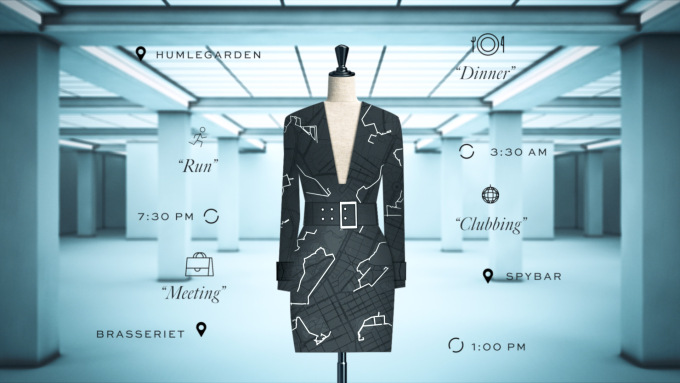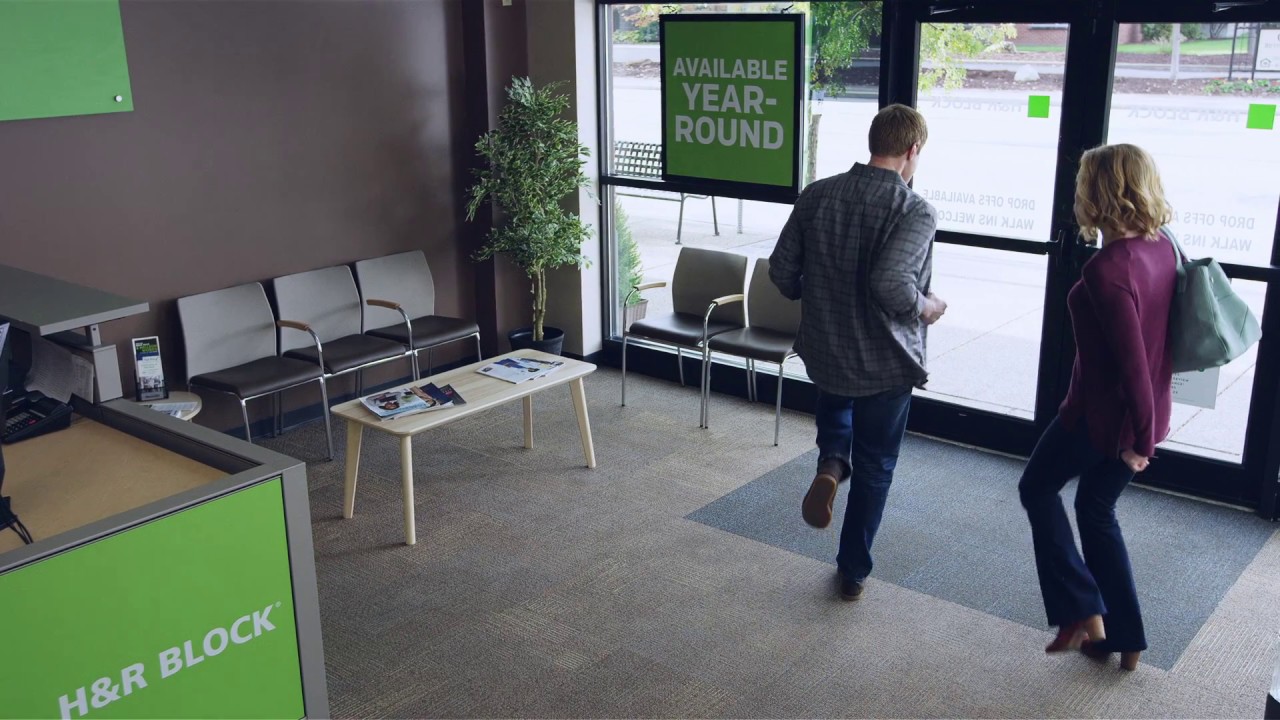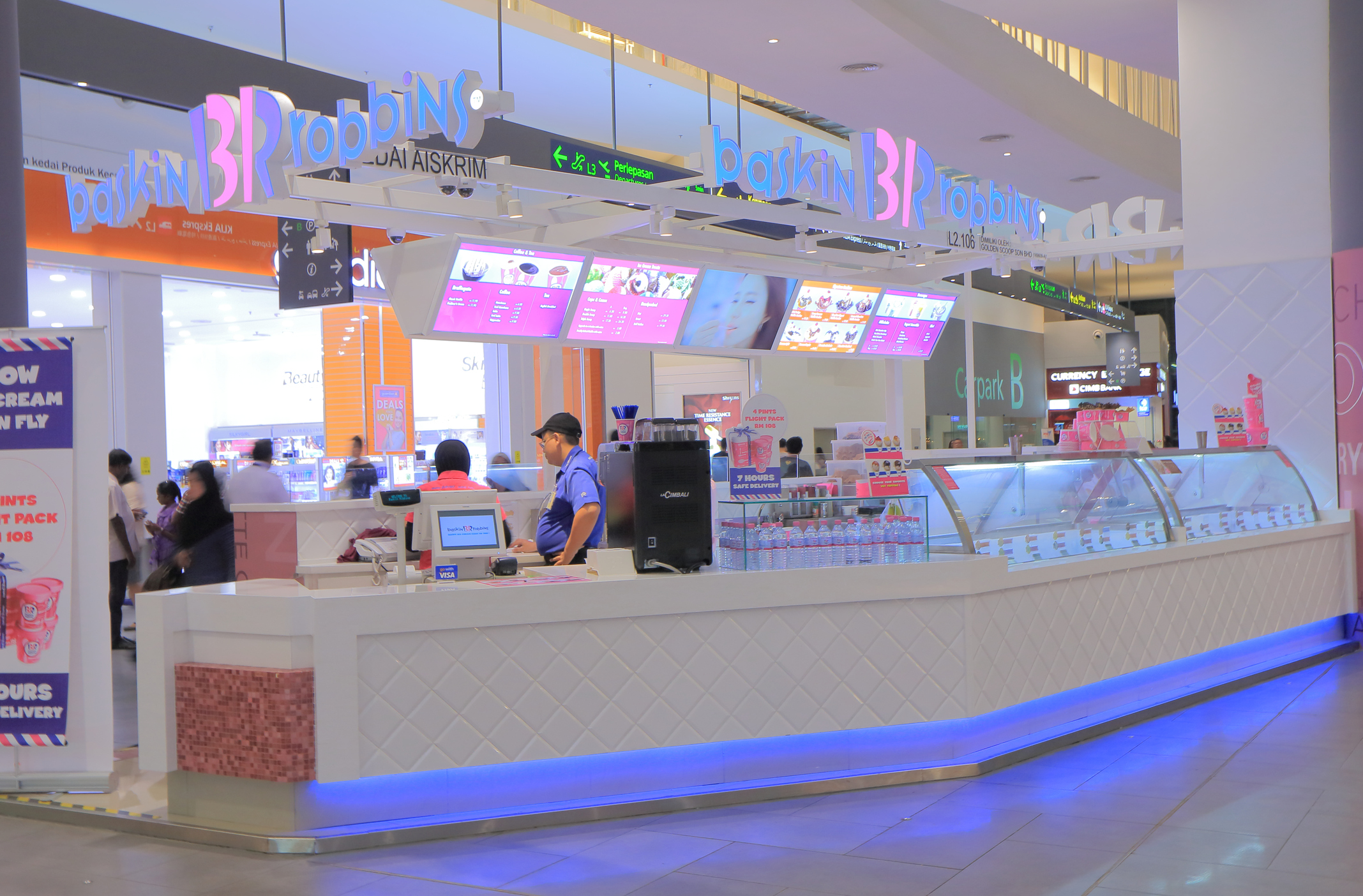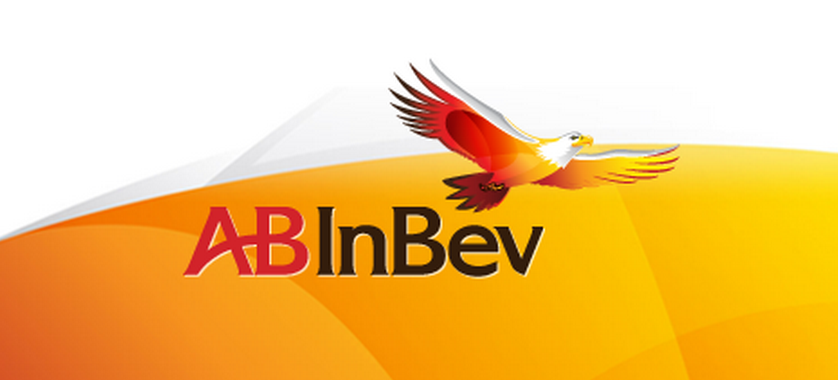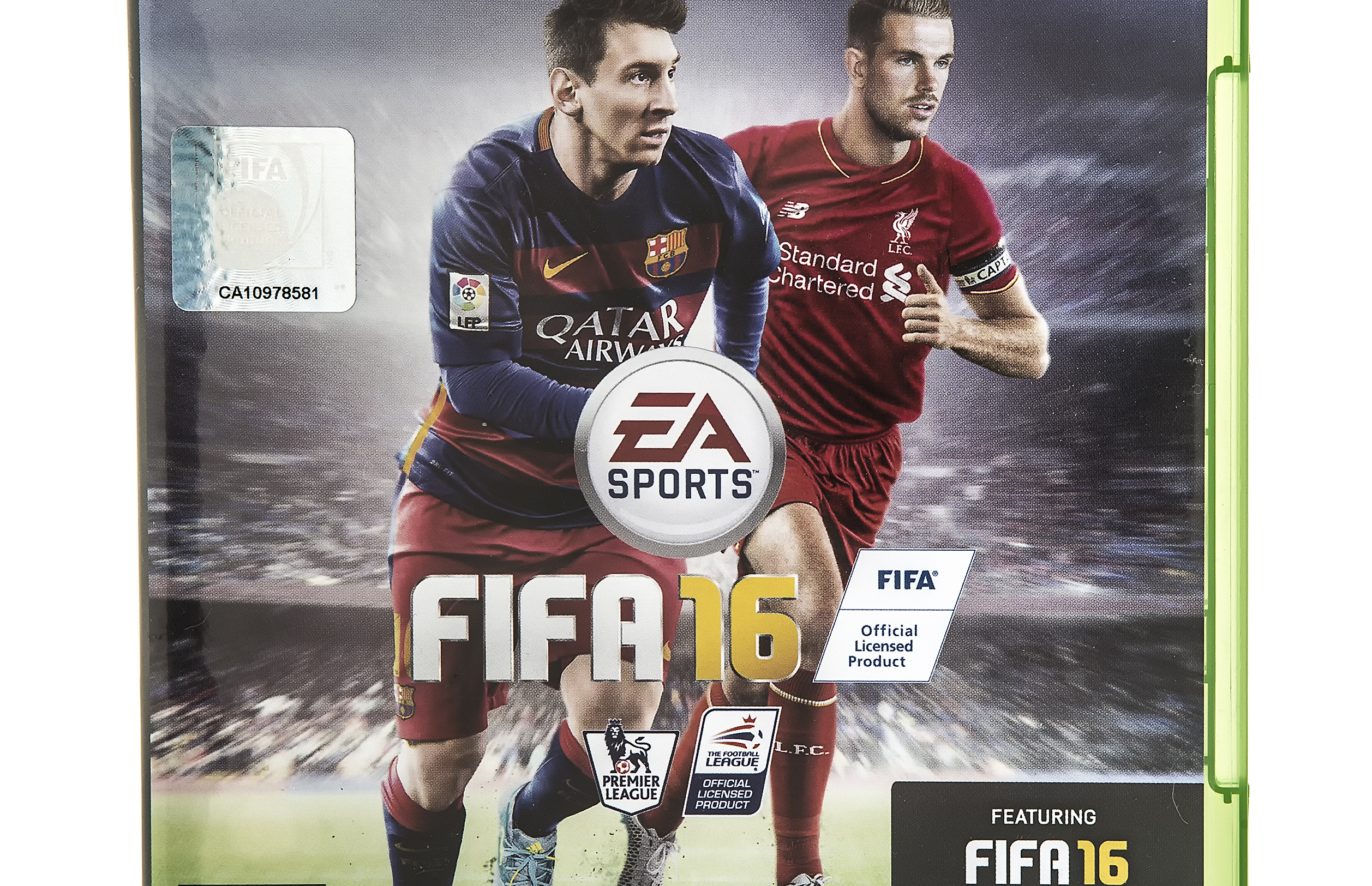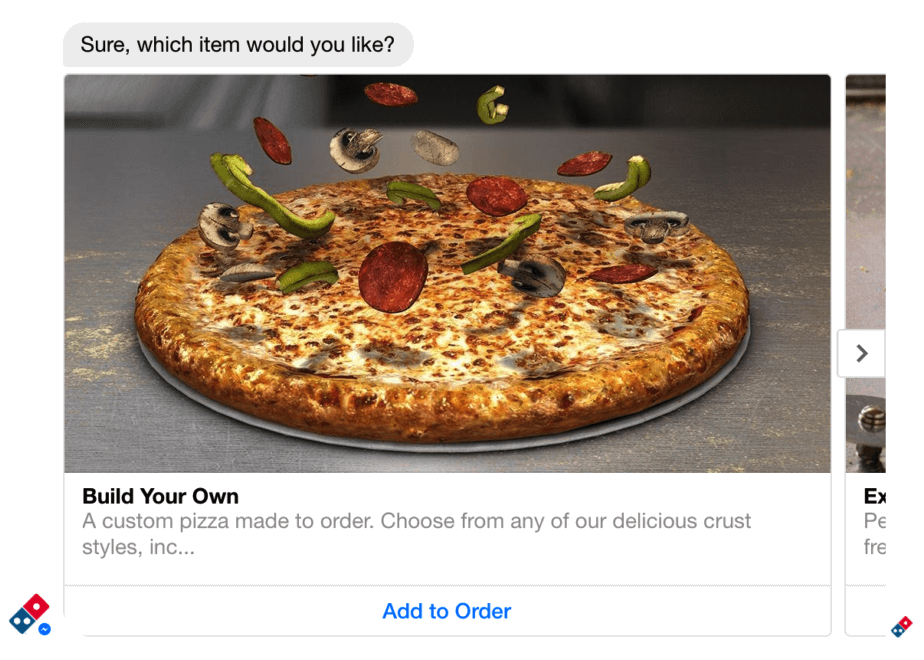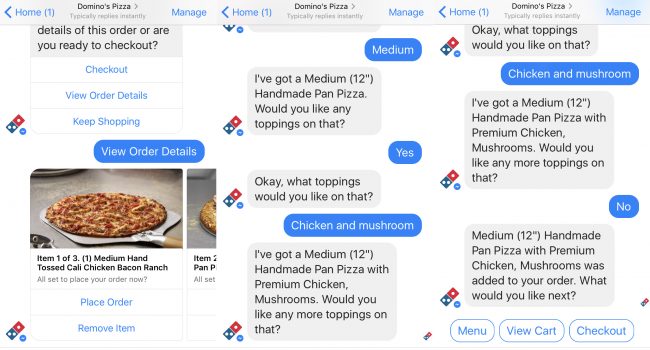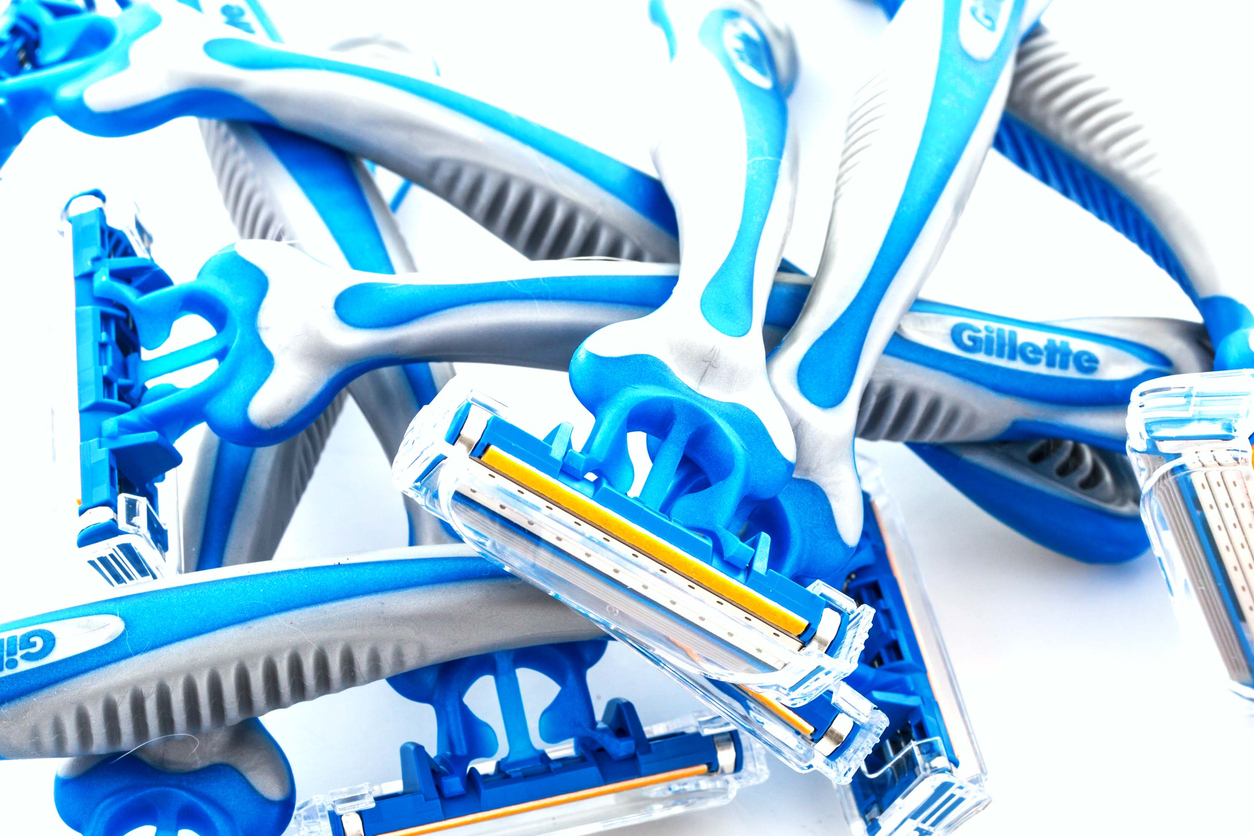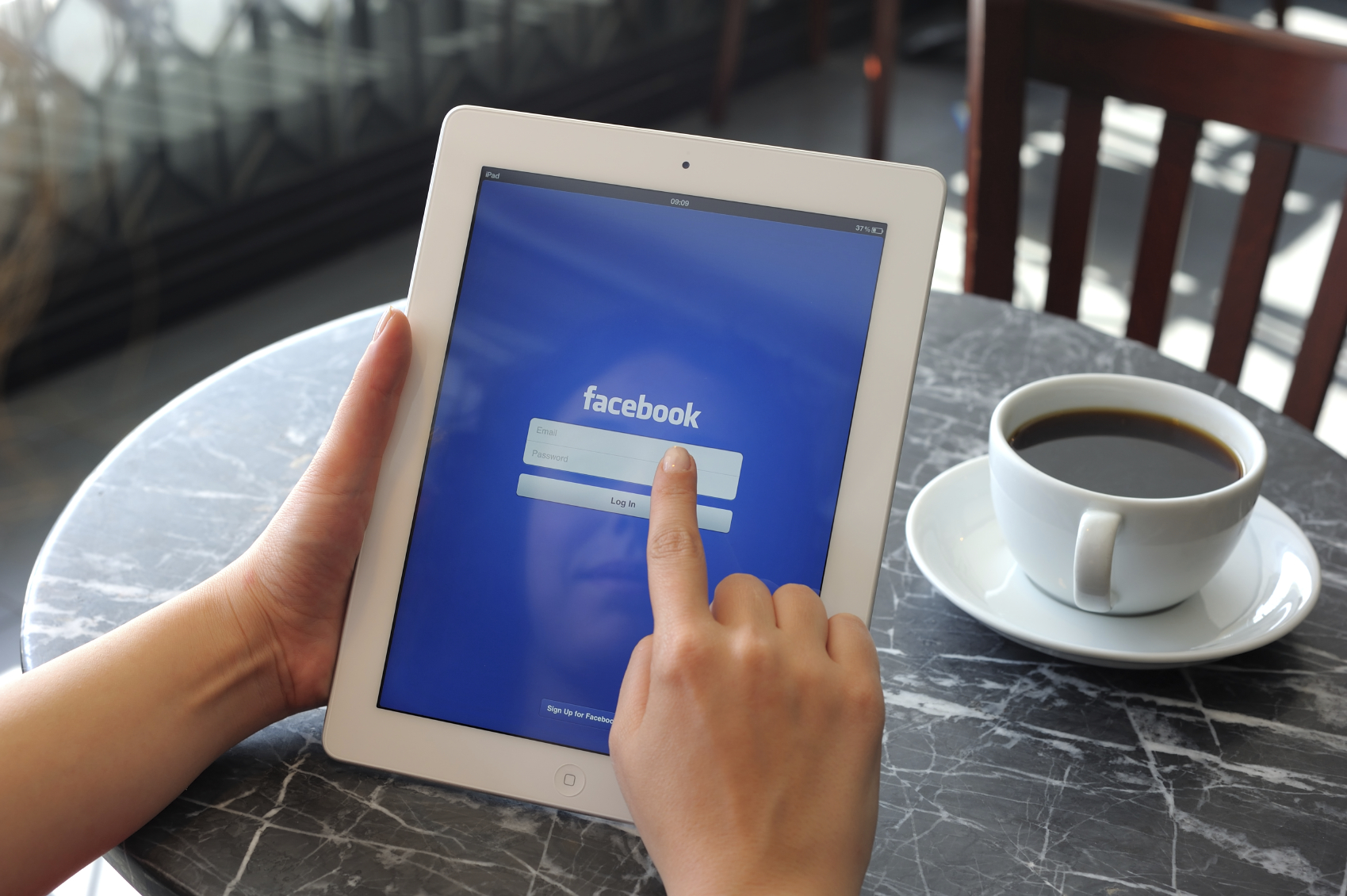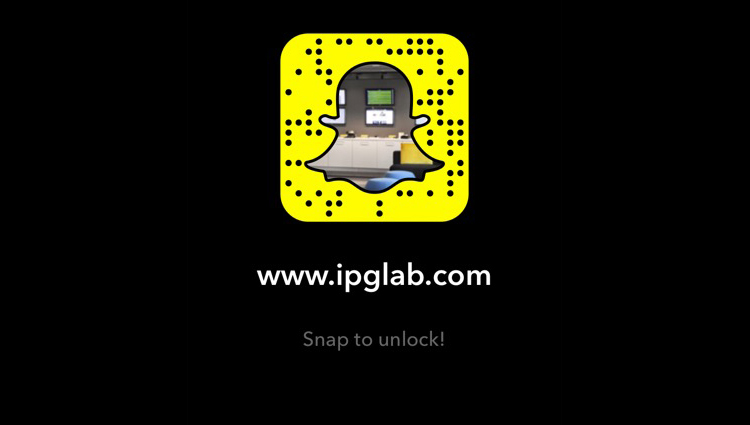What Happened
Google is teaming up with Ivyrevel, an online-only women’s fashion brand backed by H&M, to develop an Android app that can design a dress for you based on your contextual and activity data, such as location, weather, and physical activity.
Dubbed “Data Dress,” the app will analyze the personal data input, including their activity data once the users opt in. Specifically, the app will use the Google’s Snapshot API to monitor the person’s daily activities, including things like where they went, where they eat dinner or hang out, how often they work out, and so on, for a week and come up with a dress design that best fits their lifestyle. Users will be able to buy the personalized dress directly from the app if they like what they see.
What Brands Need To Do
This app presents an interesting case of how brands can leverage machine learning to offer personalized products and services. For brands, especially those in fashion and retail, it is important to recognize the possibility that AI-powered solutions unleash, which very much relies on the kind of customer data that brands can supply. Therefore, brands should start thinking about what kind of customer data they can feed into machine learning services to gain consumer insights and supplement their targeting and personalization effort, as well as coming up with a clear value exchange they can offer consumers for that data.
Source: TechCrunch
Header image courtesy of Ivyrevel
